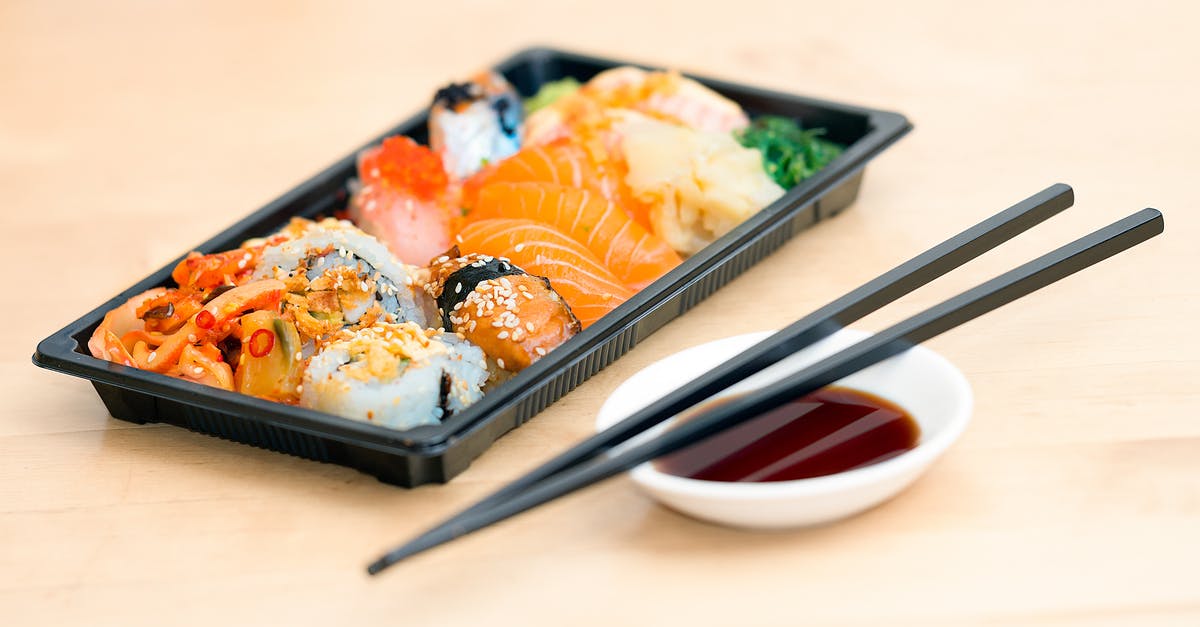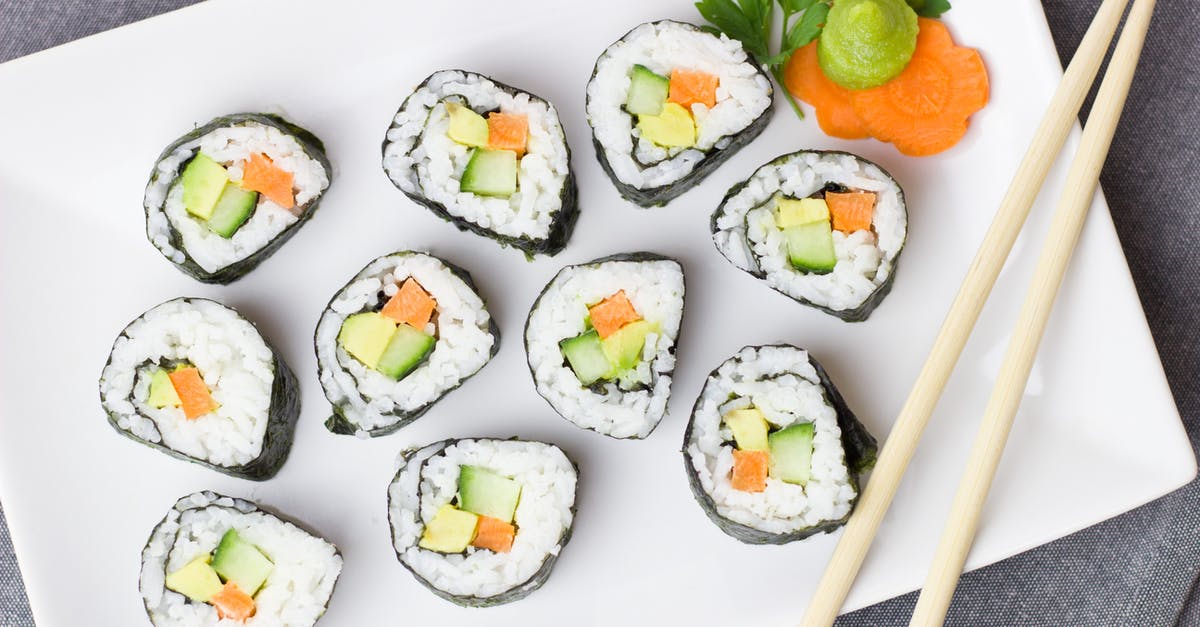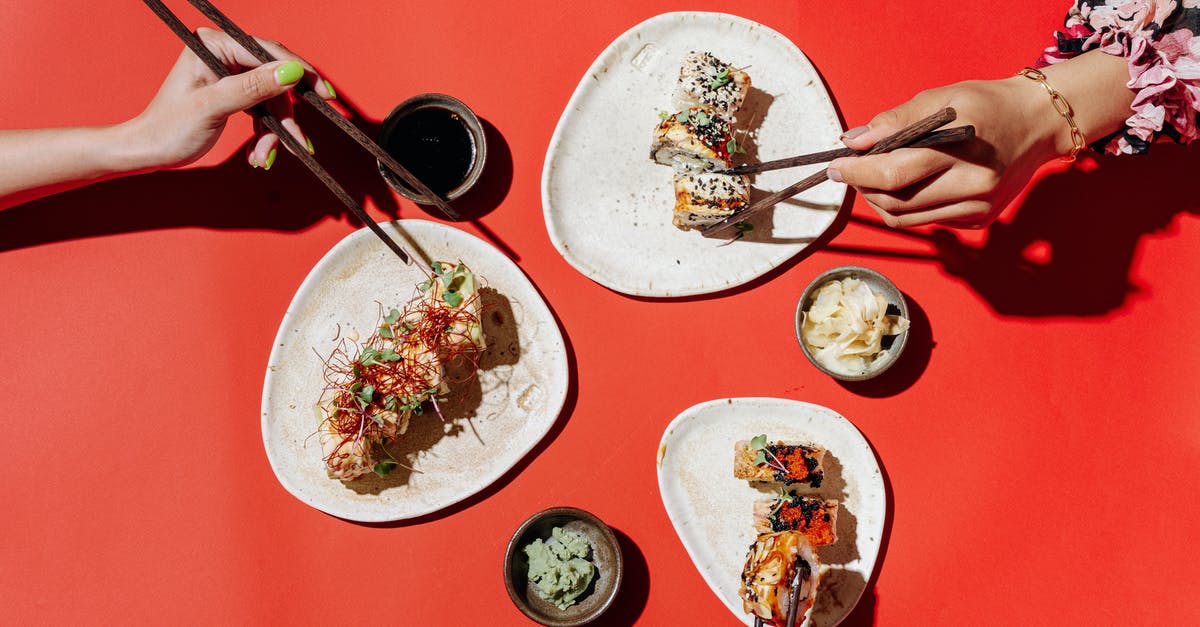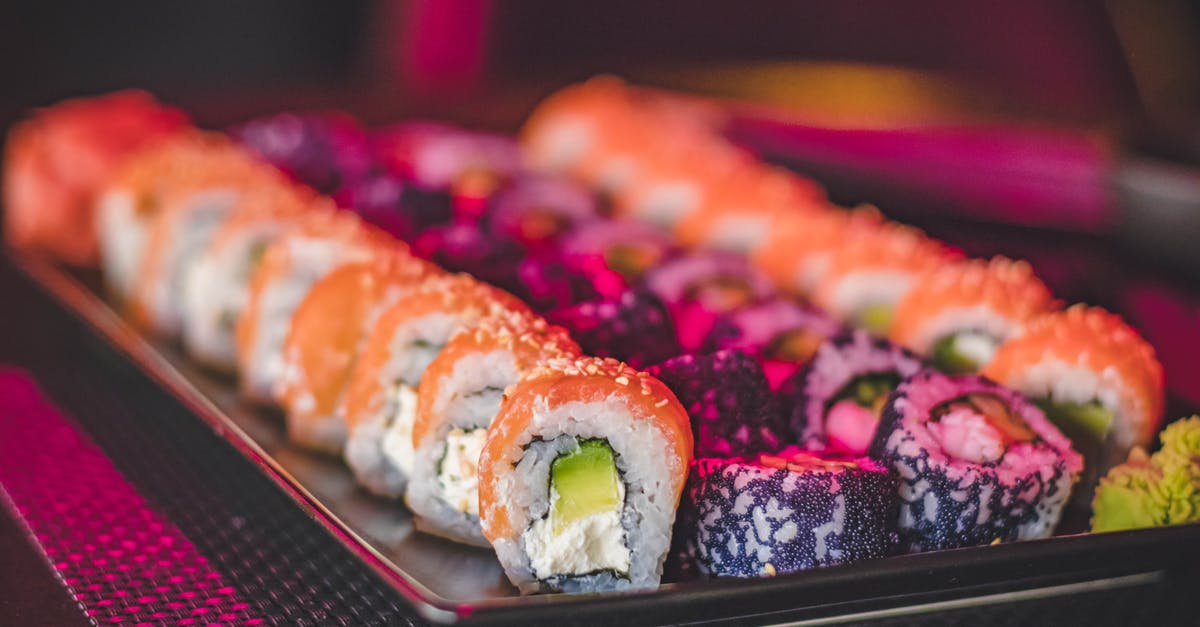How much of "wasabi" is actually wasabi in the United States?

After looking at wasabi's Wikipedia page I was shocked to find out that real wasabi loses the majority of its flavor in 15 minutes if left uncovered and that in the United States "wasabi" is actually horseradish, mustard, starch, and green food coloring.
This made me wonder about much of the wasabi-flavored foods I have had such as wasabi peas, and the ingredients list of Trader Joe's Wasabi Peas confirms that their "wasabi" is nothing more than mustard. However, another brand of wasabi peas simply lists "wasabi" in their ingredients list which makes me wonder if it is legal in the US to label horseradish, mustard, and other things that clearly are not wasabi as wasabi. It also makes me wonder if I have ever had real wasabi in my lifetime living in the United States.
Does anyone have any insight into how much of the wasabi-flavored foods in the United States are authentic and how to know what is the real thing? I am also very interested in knowing more about the regulations that pertain to foods being labelled as "wasabi" when there is no actual wasabi in them.
Best Answer
The vast majority of wasabi in the US is mostly horseradish.
Some brands like this one, contain no wasabi at all. That one is the #1 seller on Amazon.
Other brands, including this one, contain a small amount of wasabi, presumably just so they can put wasabi on the list of ingredients. Incidentally, that brand is made in Japan.
Real wasabi can be found without too much trouble. This brand is in the powdered form, you can also get it in a tube. I understand that real wasabi loses its heat very quickly after being grated, which may explain why I actually prefer the fake stuff. I've tried real wasabi in a tube, and I found it disappointingly mild. If I ever see a fresh wasabi stem I will buy it just to satisfy my curiosity. (Originally I called it "wasabi root", the wiki article linked to in the OP tells me it's actually a stem. Hmmm, learn something new every day.)
I have read that most of the wasabi in Japanese sushi bars is the same stuff we get here. Even in Japan, real wasabi is the exception, not the rule.
You bring up an interesting point about the legality of labeling a product "wasabi" when it doesn't contain any real wasabi. Our labeling laws usually wouldn't allow that. My guess is that it's a loophole just for wasabi, maybe written especially for Japanese exporters.
HA! There is even an on-line petition to ban the practice of labeling horseradish "wasabi".
Pictures about "How much of "wasabi" is actually wasabi in the United States?"



How much wasabi is real in the US?
"Probably about 99 percent of wasabi is fake in the North America." That holds just about everywhere else, too. Even, though some might not realize it, in Japan.Is there any real wasabi in the US?
However, Frog Eyes Wasabi in Oregon is one of the only North American wasabi operations, and the only one in the state of Oregon. The state's coast has the right year-round humidity, shade, cool climate and pristine water the plant needs.Is wasabi in America real wasabi?
The vast majority of wasabi consumed in America is simply a mix of horseradish, hot mustard, and green dye, according to a new video from the American Chemical Society. In fact, about 99% of all wasabi sold in the US is fake, The Washington Post reports.How common is real wasabi?
Actual wasabi is extremely rare and, in turn, extremely expensive. It can cost up to $250 for one kilogram of wasabi. (That's a little more than 2.2 pounds for those of us who still use the imperial system.) That's reason number one why it's hard to come by.Why Real Wasabi Is So Expensive | So Expensive
More answers regarding how much of "wasabi" is actually wasabi in the United States?
Answer 2
We were quite relieved that the wasabi we could buy in the U.K. (but Made In Japan) looks and tastes just like the tube we had previously bought in Japan. It is just labelled "wasabi" and, as already stated, only contains a little "real" wasabi.
I think what may be going on is that in Japanese you have ???? (hon-wasabi, which is the Japanese wasabi plant) and?????? (seiyou-wasabi, literally Western wasabi, which is the Japanese name for horse radish). So, from that point of view, horse radish is a type of wasabi, and Japanese wasabi is a type of wasabi.
Answer 3
Wasabi is a rather pricey produce even in Japan, and most food is served with substitutes. It doesn't grow in the US or in Europe. So the rule of thumb is that if it anything cheap/affordable, it is not wasabi.
Sources: Stack Exchange - This article follows the attribution requirements of Stack Exchange and is licensed under CC BY-SA 3.0.
Images: Pixabay, Pixabay, Ivan Samkov, Valeria Boltneva
